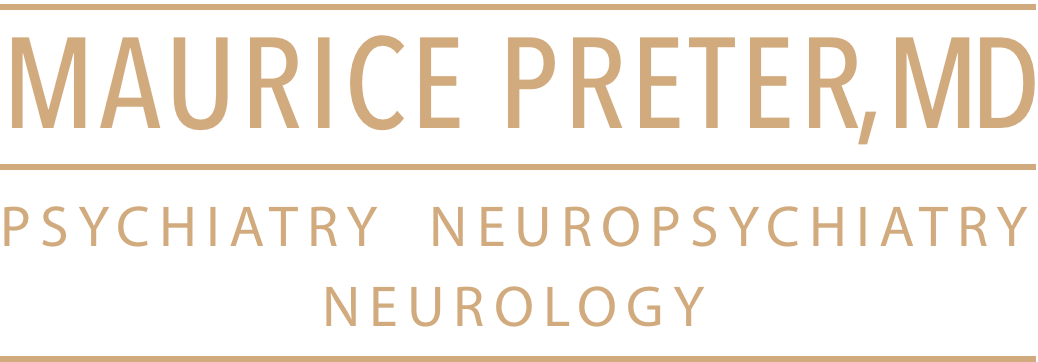Recent research has shown promising results in using LED strobe lights to potentially treat Alzheimer’s disease by clearing amyloid plaques in the brain. Here’s a summary of the key findings:
## The Discovery
In 2016, researchers at MIT led by Dr. Li-Huei Tsai found that exposing mice to LED lights flickering at 40 hertz (40 times per second) could significantly reduce beta amyloid plaques in the visual cortex[1]. This frequency induces gamma oscillations in the brain, which are associated with cognitive functions and appear to be impaired in Alzheimer’s disease.
## How It Works
The 40 Hz light stimulation appears to work through two main mechanisms:
1. **Reducing beta amyloid production**: The gamma oscillations induced by the light seem to suppress the production of beta amyloid proteins[1].
2. **Enhancing plaque clearance**: The treatment activates microglia, the brain’s immune cells, making them more effective at clearing out amyloid plaques[1][2].
## Expanded Research
Subsequent studies have shown that:
– Combining light and sound stimulation at 40 Hz can extend the effects to other brain regions, including the hippocampus, which is crucial for memory[2].
– Prolonged treatment (3-6 weeks) not only cleared plaques but also prevented neuron death and preserved synapses[2].
– The treatment may work by stimulating the brain’s “glymphatic system,” which helps clear metabolic waste[5].
## Human Trials
While most research has been conducted on mice, early-stage human trials have begun:
– Initial studies have confirmed the safety of the approach in humans[5].
– A large biomarker study called HOPE is currently underway, with results expected by 2025[5].
## Challenges and Controversies
It’s important to note that not all attempts to replicate the original findings have been successful. Some researchers have reported only small effects or no significant changes in amyloid levels or plaque formation[4]. This highlights the need for further research and larger-scale human trials.
## Potential as a Treatment
If proven effective in humans, this non-invasive treatment could represent a significant breakthrough in Alzheimer’s therapy:
– It’s non-invasive and potentially affordable[5].
– The treatment uses a very low intensity, ambient soft light that is barely perceptible[3].
– It could potentially be administered through special goggles or light-emitting devices that patients could use at home[3].
While these findings are exciting, it’s crucial to await the results of ongoing human trials before drawing definitive conclusions about the effectiveness of this approach in treating Alzheimer’s disease in humans.
Citations:
[1] https://news.mit.edu/2016/visual-stimulation-treatment-alzheimer-1207
[2] https://neuro.gatech.edu/simulated-brain-waves-offer-possible-treatment-alzheimers-disease
[3] https://www.bbc.com/news/health-38220670
[4] https://www.alzforum.org/news/research-news/does-flashing-light-really-lower-cortical-amyloid
[5] https://www.forbes.com/sites/williamhaseltine/2024/02/29/light-and-sound-may-help-treat-alzheimers-disease-heres-how/
See also: https://psychiatryneurology.net/2020/10/25/led-strobe-lights-clear-alzheimer-plaques/
